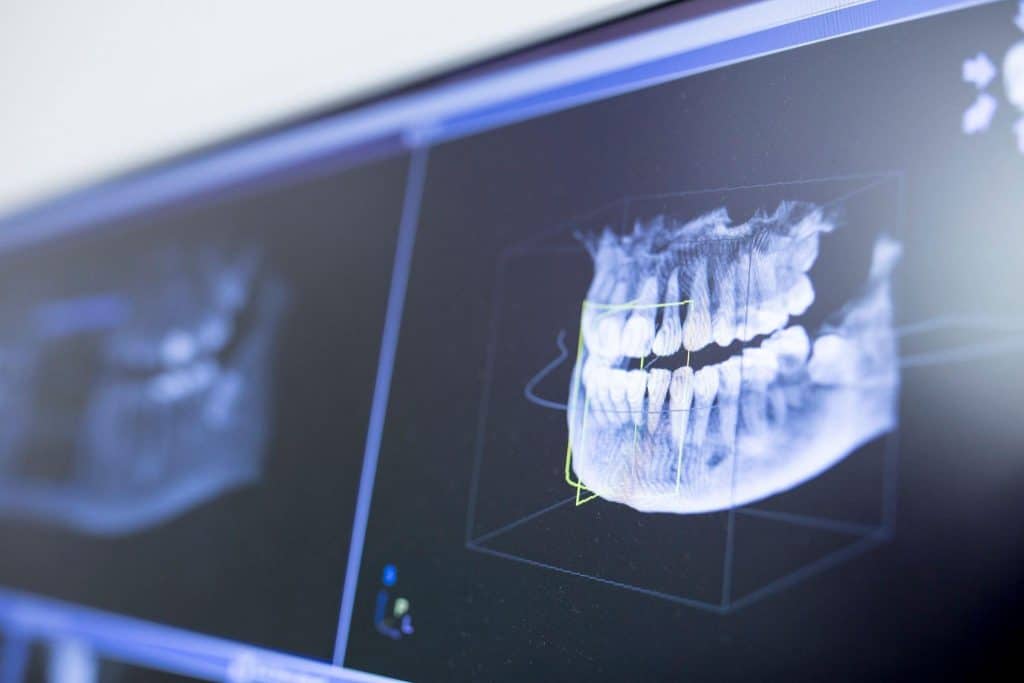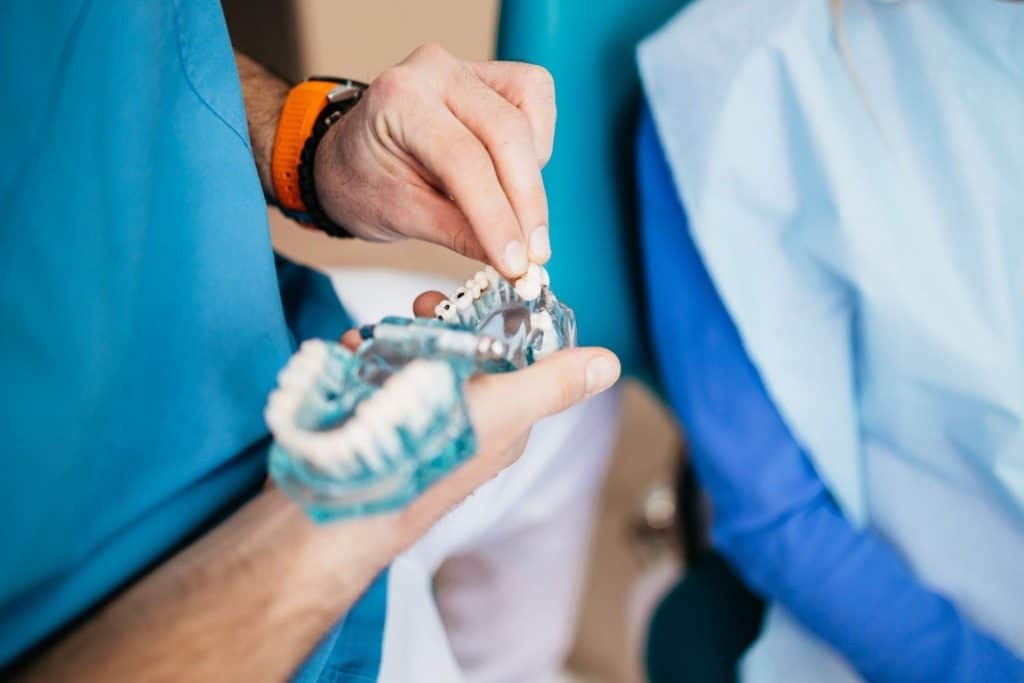Rapid prototyping in dentistry, as outlined by Joda et al. (2020), represents a significant leap forward in dental research and practice. This technology, encompassing 3D printing and other advanced fabrication techniques, has enabled personalized and precision-based treatments.
We’ll explore how rapid prototyping is transforming dental care, making treatments more customized and efficient.

The Emergence of Rapid Prototyping in Dentistry
Revolutionizing Dental Treatment and Research
Rapid prototyping has brought about a paradigm shift in how dental procedures are approached, from diagnosis to the creation of final restorations.
Key Developments:
- 3D Printing: Enabling the creation of accurate dental models and surgical guides.
- Customized Treatment Solutions: Providing patient-specific dental prosthetics and implants (Żurowski, Piosik, & Ciechacki, 2013).
Impact on Dental Practice and Patient Care
Enhancing Precision and Personalization
Rapid prototyping has significantly improved both the precision of dental treatments and the level of personalization that can be achieved.
Advancements in Patient Care:
- Accurate Implant Planning: Customized surgical guides for precise implant placement.
- Reduced Treatment Time: Faster production of dental prosthetics and restorations (Harris & Rimell, 2002).

Rapid Prototyping in Dental Research
Paving the Way for Innovative Solutions
In dental research, rapid prototyping facilitates the development of innovative treatment methods and materials, improving overall dental care quality.
Research Applications:
- Material Testing: Creating prototypes for testing new dental materials and technologies (Azari & Nikzad, 2009).
Rapid Prototyping in Maxillofacial Prosthesis
Transforming Facial Reconstruction
Rapid prototyping is instrumental in the field of maxillofacial prosthesis, offering customized solutions for facial reconstruction and rehabilitation.
Maxillofacial Applications:
- Customized Prostheses: Designing tailored prosthetic devices for patients with facial defects (Goiato et al., 2011).

Advantages of Rapid Prototyping in Orthodontics
Streamlining Orthodontic Treatment
Rapid prototyping in orthodontics allows for the creation of accurate and tailored orthodontic appliances, leading to better treatment outcomes.
Orthodontic Improvements:
- Precision in Appliance Fabrication: Creating exact models for braces and aligners.
- Efficient Treatment Planning: Reducing the need for adjustments and revisions (Quadri et al., 2017).
Overcoming Challenges in Dental Treatments
Enhancing Surgical Outcomes
Rapid prototyping assists in complex dental surgeries, providing guides and models that enhance the accuracy and outcomes of surgical procedures.
Surgical Applications:
- Surgical Guides: Producing guides for complex dental surgeries.
- Custom Implant Design: Fabricating implants tailored to individual patient anatomy (Peng et al., 2015).

The Future of Rapid Prototyping in Dentistry
Anticipating Further Innovations
Rapid prototyping is expected to continue evolving, with new advancements in materials and techniques further enhancing dental care.
Future Prospects:
- Advanced Materials: Exploring new materials for better aesthetics and durability.
- Integration with AI: Combining rapid prototyping with AI for enhanced treatment planning and diagnostics.
Conclusion
Rapid prototyping is a transformative force in modern dentistry, offering unparalleled benefits in terms of treatment personalization, accuracy, and efficiency. As technology continues to advance, its applications in dental practice and research are set to expand, further revolutionizing the field of dentistry.
